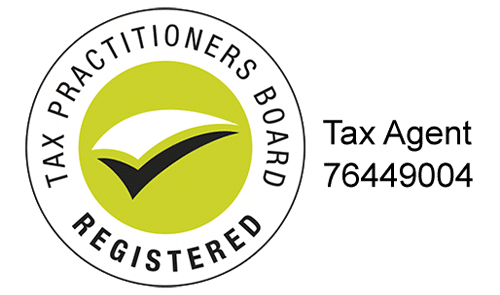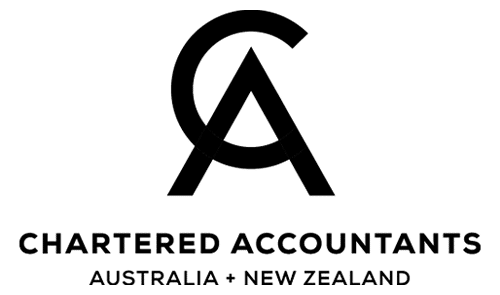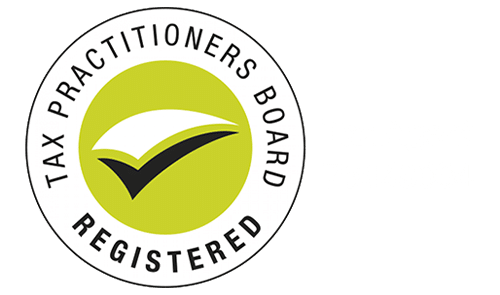Most people understand the benefits of a negatively geared rental property or financial investment. An asset is usually negatively geared because the interest on the loan to finance the initial purchase, along with depreciation and holding costs, is greater than the income received. The investment loss allows taxpayers to reduce their taxable income by the loss incurred.
The overall objective of Negative Gearing is to, hopefully, achieve capital growth by an increase in property value or rise in share price. 
If a taxpayer has a salary of $80,000 and a rental property that loses $10,000 pa, their taxable income will be $70,000. The $10,000 loss will result in a tax saving of $3,450, which is great…but not nearly as great as a positively geared investment!
Many people worry about having a positively geared investment because they may have to pay tax when they do their tax return. But those people are considering the wrong figure!
If a taxpayer has a salary of $70,000 and a rental property that generates a profit of $10,000 pa, their taxable income will be $80,000. The $10,000 profit will result in tax payable of $3,450, which sounds painful. But the comparison doesn’t end there: with a $10,000 loss you are down $10,000 of your own money. However, the tax refund means you are only down $6,550.
This means, if you have a profit of $10,000, you have to pay tax, but will still have an after-tax profit of $6,550 compared to $3,450. I know which I’d prefer!
Negative gearing is good, but positive gearing is better! A negatively geared property or investment is a great way to start but it shouldn’t be the goal and having to pay tax shouldn’t be something to fear if you’re making money!
Contributed by
Daniel Causerano – Senior Accountant
Optima Partners, April 2015






